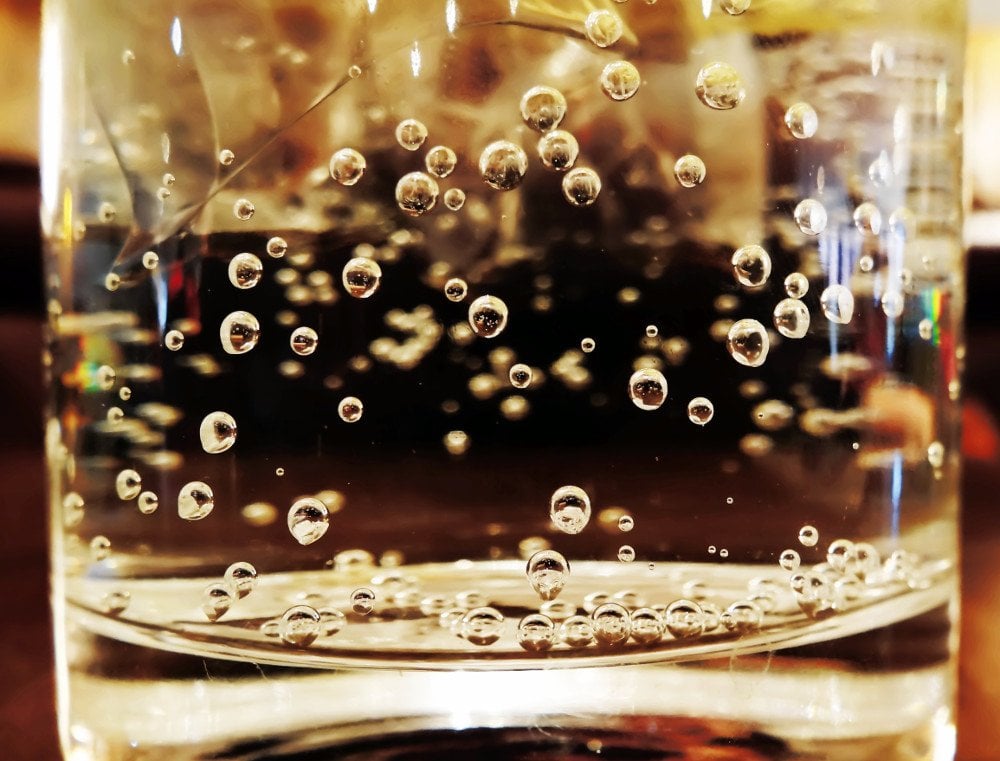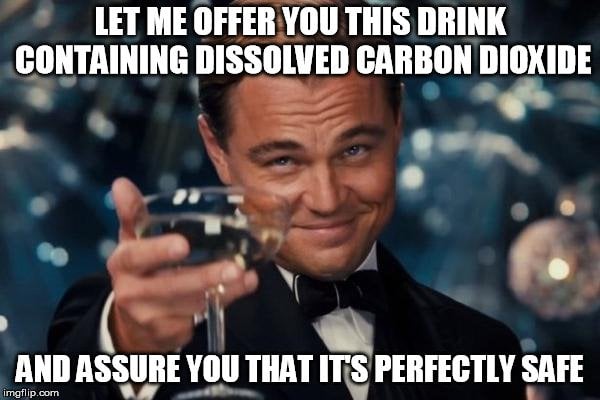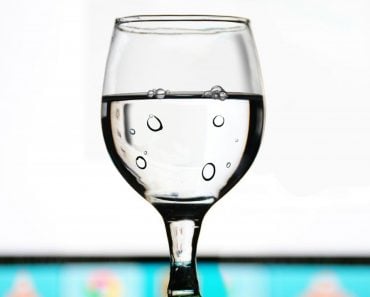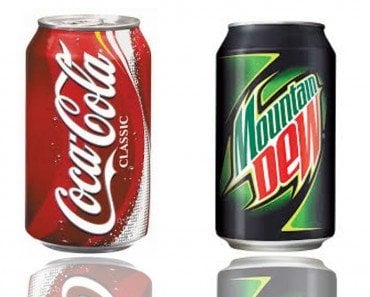Table of Contents (click to expand)
Too tired to read? Listen on Spotify:
Carbon dioxide is highly soluble in water and is the most soluble among common, non-toxic gases with high solubility. It does an excellent job of preserving drinks for a long time.
You may already know that soft drinks and certain cold beverages (e.g., beer) contain a certain amount of gaseous carbon dioxide. That’s why these bottles fizz when you shake them vigorously, and champagne and wine bottles open with a popping sound.
Recommended Video for you:
What Is Carbonation?
Most cold drinks and other beverages contain a certain amount of carbon dioxide gas dissolved in them. When this gas comes in contact with water, it reacts chemically to produce aqueous carbonic acid, responsible for the acidic flavor and sweet sensation in your mouth.

Without it, most soft drinks would taste too bland or “flat,” as many say. But what makes carbon dioxide so special that it’s used in these drinks? And why don’t manufacturers opt for other gases instead?
Why Is Carbon Dioxide Used In Cold Drinks?
There are many reasons why carbon dioxide is the top choice as an additive in cold beverages. Let’s take a look at a few of them:
Solubility
Carbon dioxide is highly soluble in water, making it the most soluble of the common, non-toxic gases with high solubility. In perspective, around 1.5 liters of carbon dioxide can dissolve in 1 liter of water at normal atmospheric pressure.

On the other hand, other common gases, such as helium and hydrogen, do not mix well with water. If they do, they are usually toxic, like hydrogen sulfide, ammonia, and sulfur dioxide. However, some drinks do use other gases, but they tend to be more expensive and less commonly consumed by the general public.
Stability
Carbon dioxide dissolves so well in water because it reacts and forms carbonic acid, which is the primary cause behind the ‘fizz’ of cold drinks and so many other beverages. This fizz doesn’t just look cool but also tastes good and has an oddly pleasant sound.

In short, carbon dioxide is incredibly stable when mixed with other water, unlike many other gases. It leads to the formation of carbonic acid (which is desired), unlike some other gases that would result in some nasty byproducts when mixed with cold beverages.
Cost
As mentioned earlier, a few other gases could serve as an alternative to carbon dioxide gas, but they’re usually a bit too expensive for a casual drinker. Furthermore, carbon dioxide is readily available, which also helps bring down the cost.
Preservation
Oxygen is more abundant than carbon dioxide in the atmosphere, so one may wonder if using oxygen in cold drinks makes more sense instead of carbon dioxide.
Sure, you could use oxygen instead of carbon dioxide, provided you’re okay with all your drinks becoming undrinkable. Oxygen causes food and beverages to spoil, so you can’t use oxygen as an additive. On the other hand, carbon dioxide does a great job preserving drinks for a long, long time.
Safety
Methane is sometimes considered a substitute for carbon dioxide in cold drinks, but it is not as safe to use as carbon dioxide because methane is flammable.
Additionally, using other gases, such as chlorine, is not recommended because they can be poisonous.

Furthermore, the long-term environmental impacts of using a specific gas in cold drinks on an industrial scale should also be considered.
In summary, while other alternatives to carbon dioxide gas can be used in beverages, they differ in carbon dioxide’s safety, stability, availability, flavor, and affordability. Therefore, manufacturers prefer to use carbon dioxide for industrial-scale production.
Last Updated By: Ashish Tiwari













